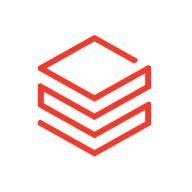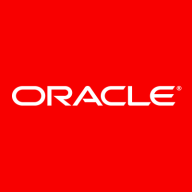

Find out in this report how the two Cloud Data Warehouse solutions compare in terms of features, pricing, service and support, easy of deployment, and ROI.
When it comes to big data processing, I prefer Databricks over other solutions.
For a lot of different tasks, including machine learning, it is a nice solution.
Whenever we reach out, they respond promptly.
The patches have sometimes caused issues leading to our jobs being paused for about six hours.
All enterprise-grade analytics tools allow rapid scaling, making our business more competitive.
They release patches that sometimes break our code.
Cluster failure is one of the biggest weaknesses I notice in our Databricks.
It would be beneficial to have utilities where code snippets are readily available.
Adjusting features like worker nodes and node utilization during cluster creation could mitigate these failures.
We prefer using a small to mid-sized cluster for many jobs to keep costs low, but this sometimes doesn't support our operations properly.
There is room for improvement in better integration with third-party tools, such as Power BI or Redshift.
Oracle is on the higher end of the pricing spectrum, along with SAP.
Databricks' capability to process data in parallel enhances data processing speed.
The notebooks and the ability to share them with collaborators are valuable, as multiple developers can use a single cluster.
The most valuable feature is the ease of dashboarding and ease of reporting.


Databricks is utilized for advanced analytics, big data processing, machine learning models, ETL operations, data engineering, streaming analytics, and integrating multiple data sources.
Organizations leverage Databricks for predictive analysis, data pipelines, data science, and unifying data architectures. It is also used for consulting projects, financial reporting, and creating APIs. Industries like insurance, retail, manufacturing, and pharmaceuticals use Databricks for data management and analytics due to its user-friendly interface, built-in machine learning libraries, support for multiple programming languages, scalability, and fast processing.
What are the key features of Databricks?
What are the benefits or ROI to look for in Databricks reviews?
Databricks is implemented in insurance for risk analysis and claims processing; in retail for customer analytics and inventory management; in manufacturing for predictive maintenance and supply chain optimization; and in pharmaceuticals for drug discovery and patient data analysis. Users value its scalability, machine learning support, collaboration tools, and Delta Lake performance but seek improvements in visualization, pricing, and integration with BI tools.
Oracle Database Appliance is the easiest and most affordable way for small or medium-size organizations to run Oracle databases and applications and is an ideal platform for remote and edge computing environments. Customers reduce Oracle Database deployment times and management workloads using a prebuilt integrated system with management automation. As demonstrated in IDC’s business value study (PDF), Oracle Database Appliance lets customers grow revenue and control costs, delivering up to a 498% return on investment (ROI) over five years.
We monitor all Cloud Data Warehouse reviews to prevent fraudulent reviews and keep review quality high. We do not post reviews by company employees or direct competitors. We validate each review for authenticity via cross-reference with LinkedIn, and personal follow-up with the reviewer when necessary.